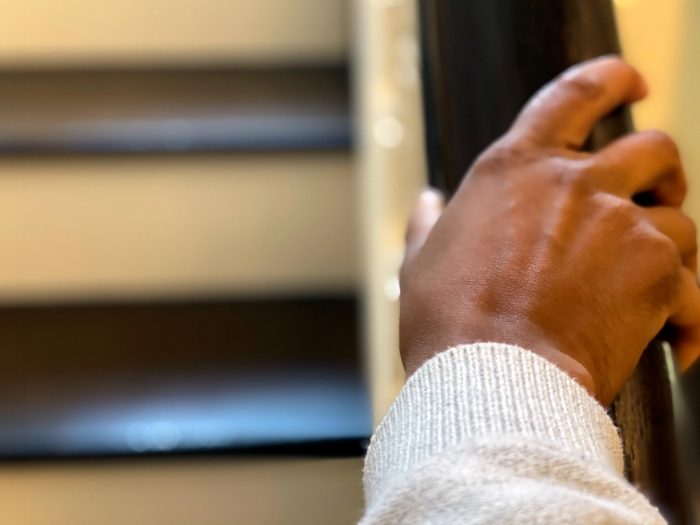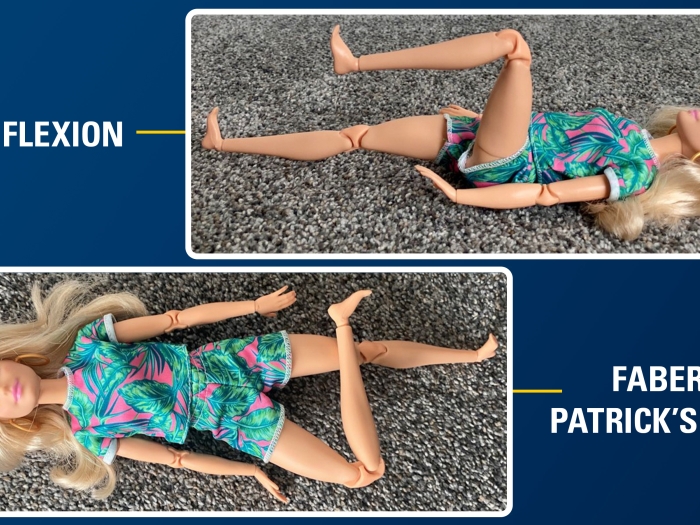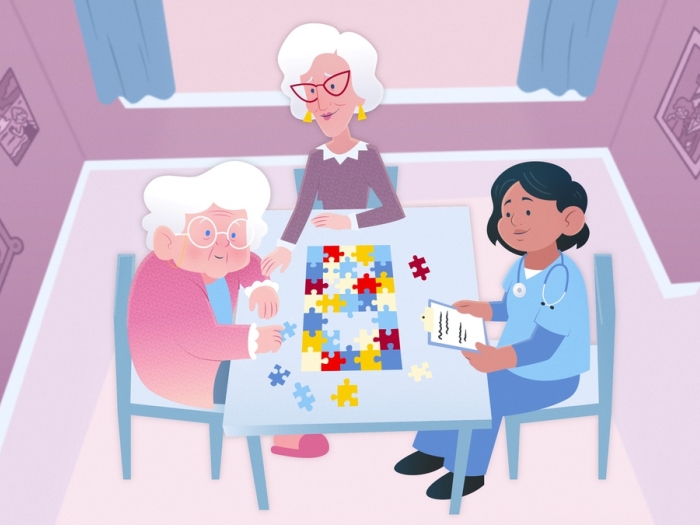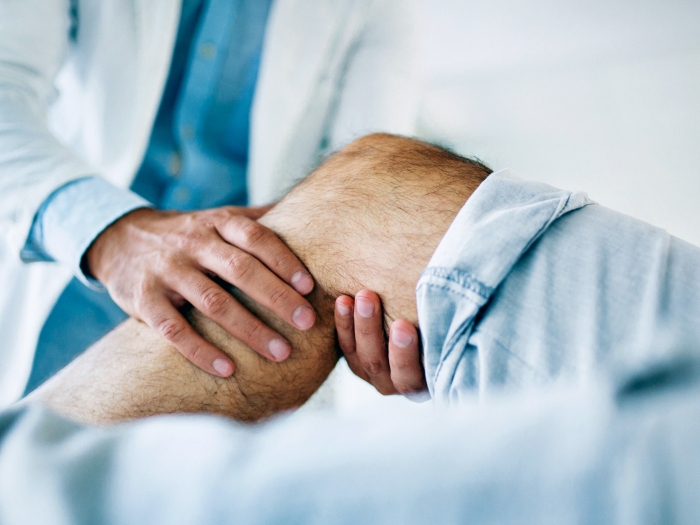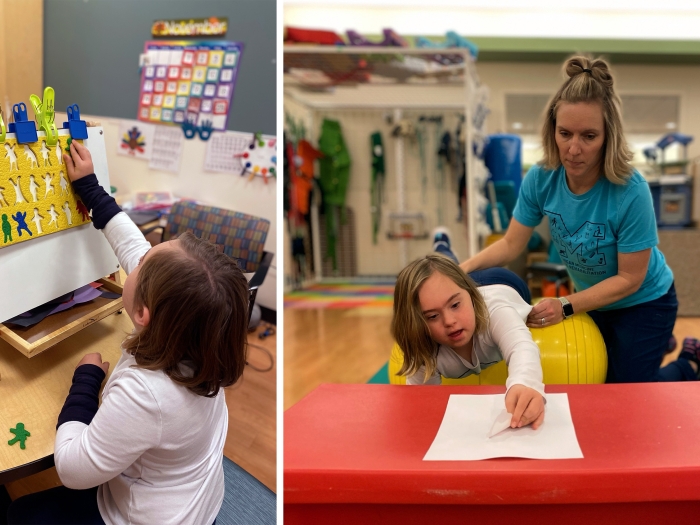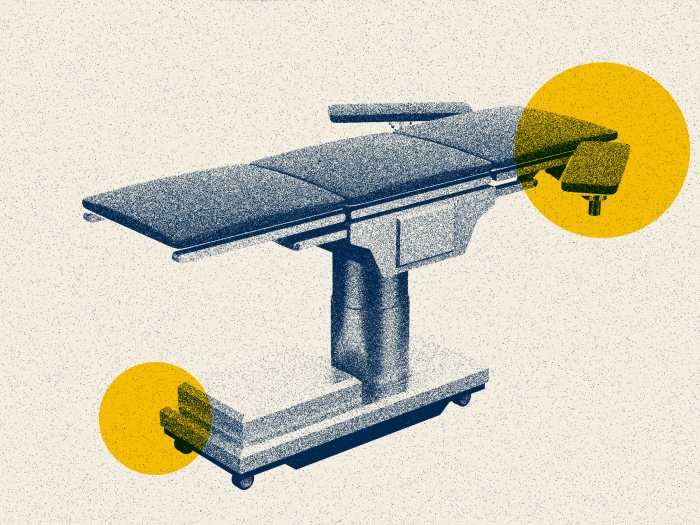A collaborative program aims to teach patients techniques to get stronger so they’re able to return home, and stay home.
5:00 AM
Author |
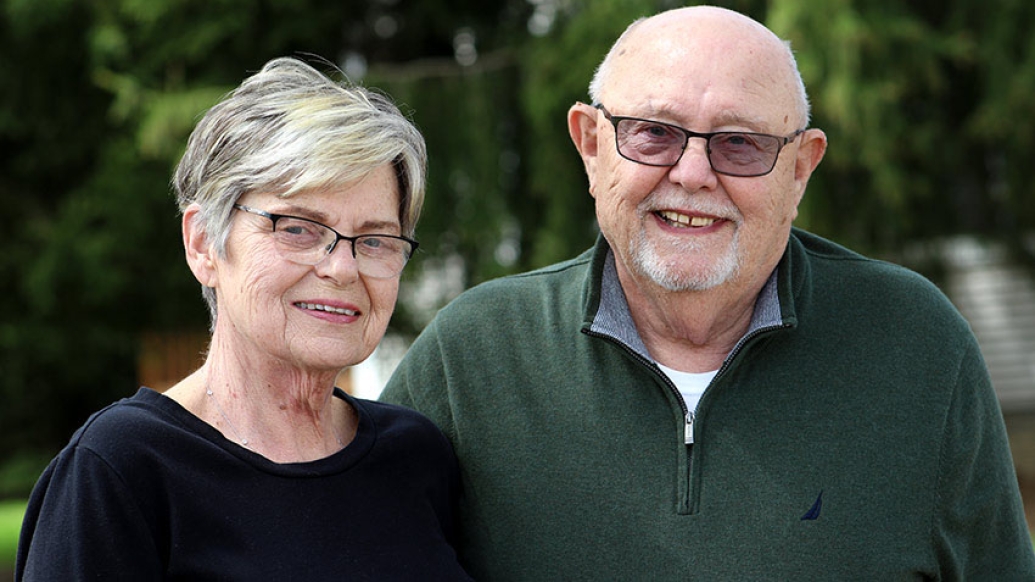
Bob Stephens has been through enough physical rehabilitation in his lifetime to know a good program when he sees one. And his most recent rehabilitation for two medical conditions tops them all.
Stephens credits his experience to the Inpatient Rehabilitation program at St. Joseph Mercy Chelsea for his remarkable recovery from spine surgery, which was complicated by a mild stroke.
The program features Michigan Medicine physical medicine and rehabilitation physicians and neuropsychologists working alongside an interdisciplinary team at St. Joe's Chelsea to maximize a patient's functionality after experiencing such health events as stroke, brain injury, amputation and more.
Diagnosing the pain
The 77-year-old avid golfer began experiencing significant back pain last summer –debilitating pain that brought an early end to his golf season. An MRI revealed the cause as severe lumbar spinal stenosis, a degenerative condition that affects the discs of the lower back, causing symptoms such as pain, numbness and balance issues, among others.
With past experience at Michigan Medicine to repair an aortic aneurysm, Stephens was seen by John Yarjanian, D.O., at the spine clinic at Michigan Medicine's Northville Health Center where he was given injections to relieve his pain. But the relief was short-lived as his condition continued to worsen.
MORE FROM MICHIGAN: Sign up for our weekly newsletter
After consulting with Michigan Medicine cardiologist Michael Shea, M.D., Stephens was cleared for surgery and underwent a successful lumbar spine laminectomy, performed by neurosurgeon Paul Park, M.D., on March 19.
"Dr. Park said I could live to be 90 with the pain or get it taken care of now," says Stephens.
He didn't hesitate.
A day after surgery, however, the Dexter, Michigan, resident experienced a mild stroke that left his left arm, leg and facial muscles extremely weak.
Onboard with inpatient rehab
Stephens faced a challenging recovery from his surgery as well as the stroke. And it was just as challenging for his wife, Gloria, who had undergone a recent hip replacement.
As Bob's caretaker, Gloria knew her limitations. The couple agreed the recommended two-week rehabilitation plan in the Chelsea Inpatient Rehabilitation program would be the perfect solution.
"I felt Bob was in a safe place with good people caring for him," says Gloria. "We would have been lost without the inpatient rehabilitation program. It was the right thing to do."
Unique program delivers results
Stephens spent two weeks receiving individualized care from a team of physical and occupational therapists as well as physical medicine and rehabilitation experts.
Stephens' rehab included learning how to stand, turn and get in and out of bed as he needed to stabilize his spine and avoid strenuous movement. Adding to the challenge were exercises to strengthen his left leg and arm. His regimen included three hours of therapy each day.
"Our goal was to strengthen his functional mobility, including improving his balance so he would be safe at home," says physical therapist Chelsea Shellman. "Mr. Stephens was very goal-driven and had good insight into his deficits. He was always willing to try harder."
"Our coordinated team is focused on giving patients safety skills so that they can return home and stay home," says Joshua Startup, M.D., a Michigan Medicine physical medicine and rehabilitation specialist. "We make sure we set patients up with the tools to prevent some of the predictable medical complications from happening."
Like Podcasts? Add the Michigan Medicine News Break on iTunes or anywhere you listen to podcasts.
"At first, it was hard to even walk. But they were persistent, always wanting me to do a bit more," says Stephens of his physical and occupational therapists. "Soon, I was able to stand ok. And my leg and arm were getting better. I had to smile a lot so they could see if I was making progress with my facial muscle. It was tiring but worth the effort.
"Everyone on the staff made it so pleasant. I had a single room with a great view. The doctors were excellent – checking me physically and mentally to make sure I was improving."
Gloria was equally impressed with the entire experience, from the great care her husband received, delicious food and handy coffee shop, to the ease of parking and attentive staff.
"The OT and PT specialists were very thorough in their direction and details," she says, adding, "All of Bob's appointments have been scheduled with consideration for other doctor appointments. They're so organized."
Stephens appreciated the smaller, quieter center. "It gave me a very peaceful feeling," he says.
Looking forward
Now at home and continuing with outpatient rehab, Stephens says he's able to help out around the house, "Not to the level I was used to, but that's coming."
He credits his experience in the inpatient rehabilitation program for what he considers a remarkable recovery. "I could never do what I'm doing now if not for the Michigan Medicine/St. Joe's team at Chelsea."
With summer nearing, Stephens knows he may not be able to swing a golf club just yet, but is looking forward to the day when he can. "I hope to get out there as soon as possible," he says.
Until then, regular walks with grand-puppy Ollie keep him motivated and moving in the right direction.

Explore a variety of healthcare news & stories by visiting the Health Lab home page for more articles.
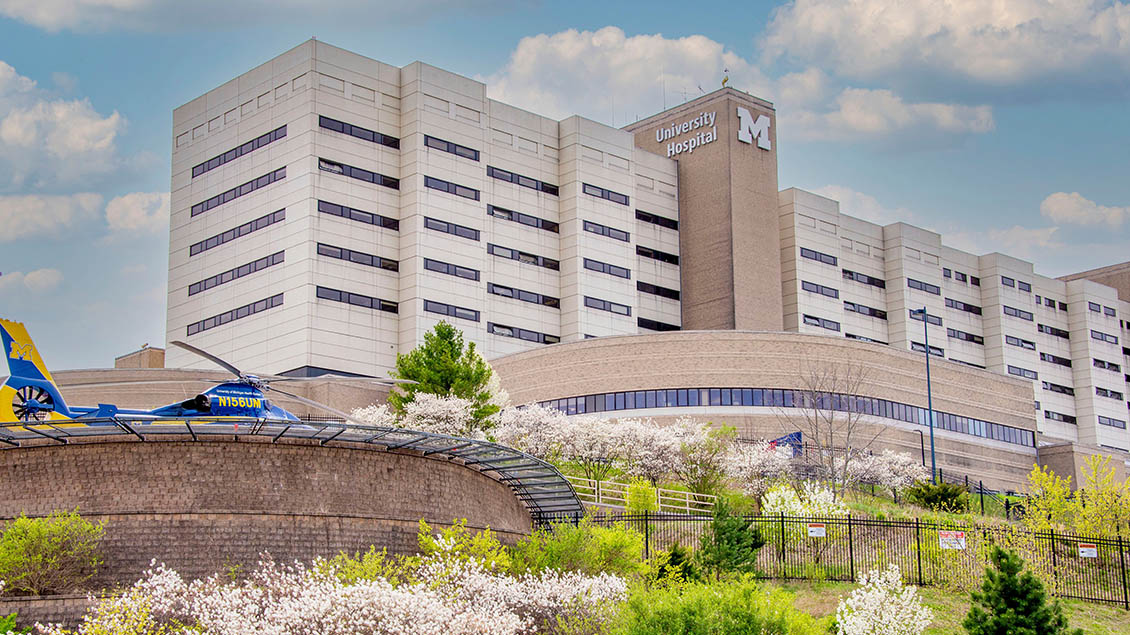
Department of Communication at Michigan Medicine
Want top health & research news weekly? Sign up for Health Lab’s newsletters today!
